Understanding the role of Fixed Stars in astrology
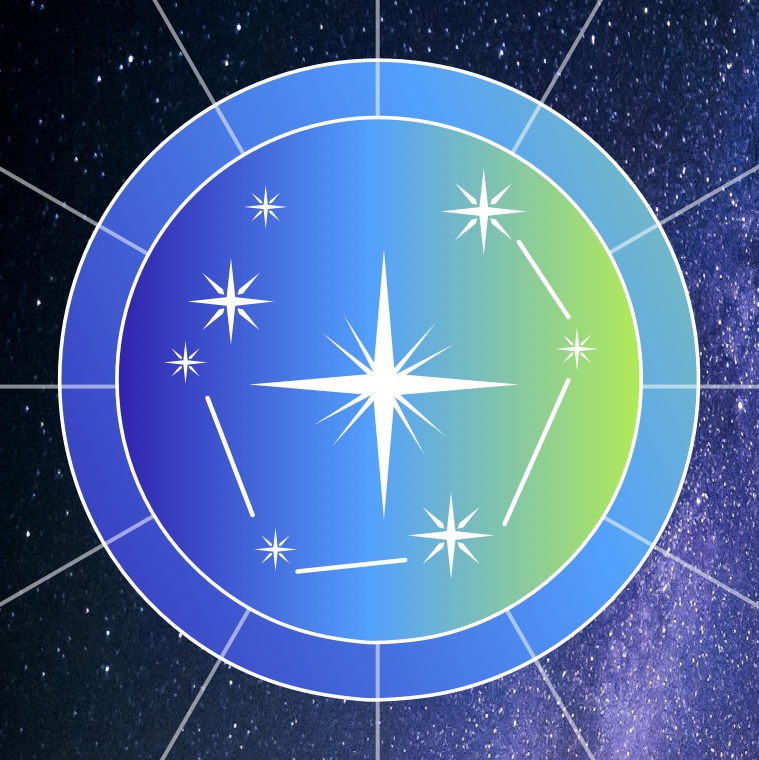
The great paradox of astrology is that as much as it talks about the stars, it doesn’t really deal with actual stars. Astrology mostly deals with the planets and other bodies that travel around the Sun. Can the real stars, also known as the fixed stars bring an additional dimension to astrological interpretations?
Astrological reports and horoscopes tend to romanticise the notion of “stars” that are often seen as the forces influencing personal luck, fate and destiny. Yet paradoxically not much is actually said about the stars themselves. Most of astrology is actually dealing with the planets. Let’s discuss what do the real stars, traditionally called the “fixed stars”, bring to astrological charts.
In the recent story “Influence of the Fixed Stars, an astrological interpretation of Notre-Dame de Paris fire, 15 April 2019” we have already covered a certain amount of knowledge about the fixed stars, the reader is welcome to have a quick look at that story.
Everything begins with a star
Both astronomically and astrologically speaking, every star is the source of all matter in its own system. Planets, comets and meteors are the by-products of the birth of a star. Just like every child is “made” out of his or her mother, so the composition of every planet is specific to the star from which it originated.
Here we are not only talking about planets like Mars, Venus, Saturn, etc. We are actually talking about all possible planets, in all possible stellar systems. The planets that are outside of the Solar System are called “exoplanets” or “extrasolar planets”.
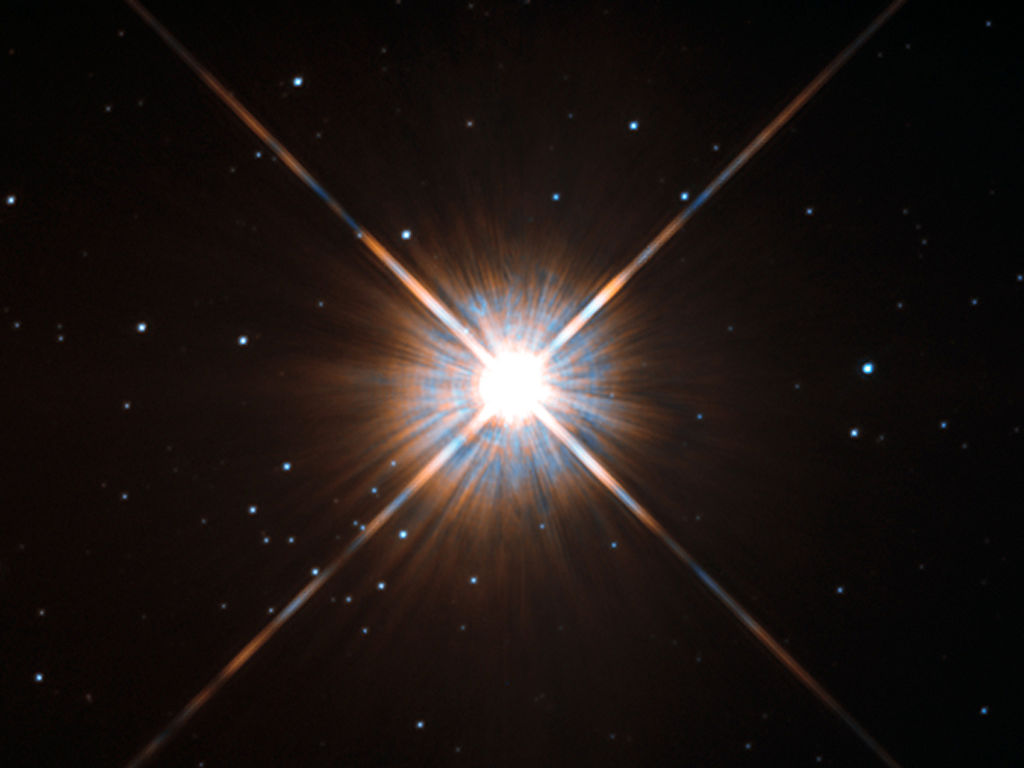
The Proxima Centauri system has at least one planet called Proxima Centauri b with the mass of about 1.3 times of the Earth’s mass. There is a probability that water in liquid state could exist on the surface of the planet. A year on Proxima Centauri b is only 11.2 Earth days. Image source: ESA/Hubble
Astrological energies of each planet are therefore can be seen as a part of the total energies of its host star. It is not meaningful to talk about an influence of any planet without referring to the totality of the star energies around which the planets travels.
The point is that the Solar System planets like Mercury, Venus, Mars, Jupiter, Saturn and many other smaller bodies cannot be truly understood without seeing them in the context of the Sun and its “energetic profile”.
The Sun — our own star
An interpretation of any astrological chart always begins with the analysis of its source of energy, the star around all bodies rotate. One may say that the chart interpretation is an analysis of how the solar energy gets distributed between the planets, taking into account factors that both help and obstruct the fullness of solar energy.
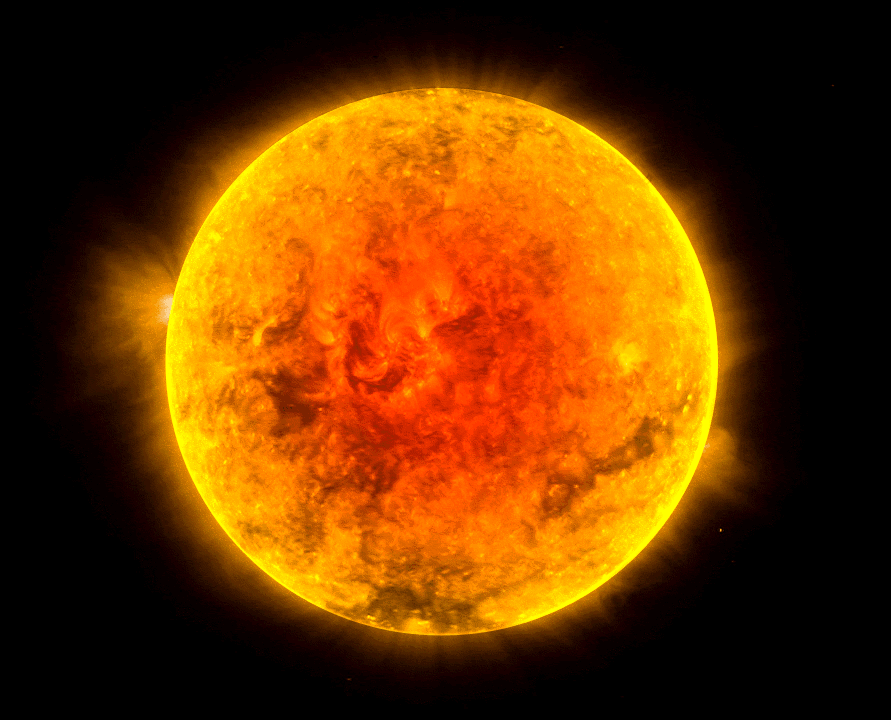
Every astrological chart can be sourced back to the undivided unity of the Sun.
The reality is such that fullness of energy is scattered across many bodies that constitute the Solar System, resulting in ebbs and flows, surpluses and deficits. Every human life is pretty much an exercise in incompletess and misbalance, and a good astrologer can be of huge help advising the client about possible venues to achieve a better balance.
The Buddhist idea of the Middle Way (or Middle Path) can be seen as a method of balancing the inherently imperfect chart.
Avoiding both these extremes, the Perfect One has realised the Middle Path; it gives vision, gives knowledge, and leads to calm, to insight, to enlightenment and to Nibbana.
The Buddha describing the Noble Eightfold Path, by Piyadassi Maha Thera, 1914 – 1998
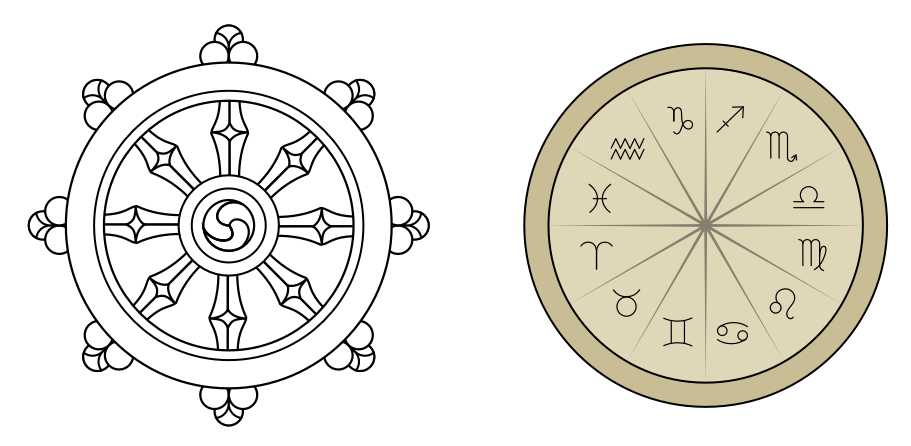
Image source for Dharma Wheel: https://commons.wikimedia.org/wiki/User:Shazz
There is a certain structural and symbolic similarities between the Dharma Wheel and the Western astrological chart. The Dharma Wheel depicts the state of wholeness as the result of carefully balanced components. An astrological chart is inherently a map of misbalance between the forces that need to be returned to the initial state of unity.
Perhaps that path is the one that leads to the undivided unity of the Sun energy in which all competing forces become equalised, harmonised and joined in the ever greater totality of creative force. That is the function of the Sun and of each and every other star for that matter.
Extrasolar energies of the fixed stars
Every star in the heavens has a unique set of qualities. There are no two similar stars just like there are not two humans with identical fingerprints. Each star expresses its quality via its light that is the carrier of astral energies that are projected across vast interstellar spaces.
It should be understood that we are not likely to fully comprehend the energies of distant stars simply because we and our consciousness are “made” out of a different star, the Sun. Humans have a different reference system, the one that is defined by the Sun and its energetic profile. In many ways it’s like trying to understand the hieroglyphics of a completely unfamiliar language.
Yet, observing the fixed stars is something that the ancients did a lot and they came up with a system that allows to approximately translate distant stellar energies into familiar principles of the Solar System.
Before continuing to the astral forces of the fixed stars, let’s have a brief detour into the topic of constellations.
The constellations and their influence
The ancient observers noticed that different areas of the sky exhibit markedly different influence. Certain fixed stars seemed to form a group with some uniform qualities. Thus the idea of constellations and their mythological associations.
Constellations have an astrological influence of their own. It has been noted that the most influential constellations will be those where:
- the Sun
- the Moon
- the Ascendant
are positioned on the astrological chart.
Note that the constellations should not be confused with the Zodiac signs. Along the path of the Sun — the ecliptic — there are twelve Zodiac signs and twelve constellations sharing the same names: Aries, Taurus, Gemini, Cancer, Leo, Virgo, Libra, Scorpio, Sagittarius, Capricorn, Aquarius, Pisces.
The twelve ecliptic constellations and the twelve Zodiac signs are of different nature and require different astrological interpretation. Constellations are irregular groups of stars, the signs are regular clock-like divisions of the ecliptic measuring 30º each. Constellations can be easily observed while the Zodiac signs are purely mathematical in nature and only exist in our imagination.
To complicate things even further, there are two Zodiac types, one is equinox-aligned and another is star-aligned. If you wish to learn more, read our story “The Sidereal Zodiac in astrology, its strengths and weaknesses”
For the purposes of this story we will not venture into constellations any further and will return back to the astrology of the fixed stars.
Astrology of the fixed stars
The key observation is that each of the fixed stars has its own “idea of completeness” meaning that the energetic balance of any given star will be different from the one of the Sun, our own star.
And since the fixed stars, when observed from the Earth, are point-like objects on the celestial sphere, their influences are of very precise and focused nature, not unlike a laser beam of light.
If we were to compare the influence of the planets of the Solar System to the influence of the fixed stars, a good analogy would be to see the planetary energies akin to a cocktail of fluid ingredients that develop slowly and gradually with time.
Actions of the fixed stars are more akin to a sharp and precisely timed caffeine shot. A star acts like so:
- suddenly raises the person to extreme heights
- then suddenly drops him or her to the opposite extreme.

There is a difference from a caffeine analogy, though. The initial extreme of a fixed star influence can be of any kind, it can be either luck or a complete disaster. The opposite extreme would depend on the star’s nature and planets on which it will operate.
Classification of the fixed stars
As we have explained above, the stars uphold “other worlds” of their own making and that fact introduces a major difficulty as to how one can characterise their influences.
While we may never be able to fully decipher the astrology of the remote stars, we can certainly build some parallels between the nature of the star and the world we live in, meaning the familiar planets of our Solar System.
Most of our current astrological knowledge about the fixed stars rests on the works of Ptolemy, an ancient astrologer who lived in Alexandria during years AD 100 – 170, approximately of course.
In his foundational work on astrology called Tetrabiblos (Τετράβιβλος, meaning “four books”), Ptolemy describes each star nature in terms of planets of the Solar System.
Let’s take an example of the constellation of Orion and its two most remarkable stars — Betelgeuse and Rigel.
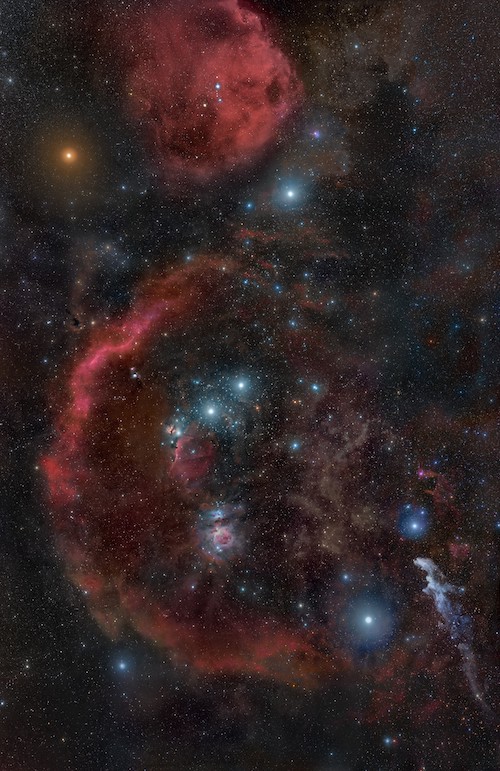
Betelgeuse is the red star at the top left of the photo. It is a red supergiant star that is at the last stage of its life. Betelgeuse may explode as a supernova within next million years. Given that the star is 640 light-years away from us, the light from any event takes just over half a millennium to reach us.
Rigel is diagonally opposite at the bottom right. It is a massive blue supergiant approx. 840 light-years away. Rigel nature is very complex and not well understood partially due to its variable luminosity.
Image source: Rogelio Bernal Andreo
Interpretations of the stellar energies according to Ptolemy:
- Betelgeuse has qualities of Mars and Mercury
- Rigel has qualities of Jupiter and Saturn
Note that the order of planets does matter. The first planet signifies the dominant energy followed by modifying additional qualities of other planets. The example above can be further expanded into:
- Betelgeuse has a dominant quality of Mars with some Mercury undertones
- Rigel has a dominant quality of Jupiter with some Saturn undertones
Using the example of Betelgeuse, its dominant Mars — that can express itself as overly direct and headstrong — receives a modifying influence of Mercury which brings the sense of relativity, ability to embrace both sides of conflict and youthful curiosity.
Rigel with its dominant Jupiter may go “out of proportions” by overextending, overspending and generally being too much of everything, but that is nicely compensated by Saturn that brings cooling and structuring influence, making Rigel a true astral pillar connecting to the worlds of high ideas and profound cognition.
To make the matters even more complicated, later authors questioned some of Ptolemy’s classifications and suggested alternative matching planetary influences. The table below shows those alternative descriptions.
| Star | Description | Ptolemy | Alvidas | Others |
|---|---|---|---|---|
| Betelgeuse | Orange | Mars and Mercury | Mercury, Saturn and Jupiter in good aspect | |
| Rigel | Bluish white | Jupiter and Saturn | Mercury, Mars and Jupiter | Jupiter and Mars |
Ultimately, it’s up to each astrologer to train their own perception and develop an intuitive understanding of each of major fixed stars. This is only possible if one is actually observing the night skies with one own eyes — something that the ancient were perfectly capable of. The modern astrological knowledge is often lacking a direct experience and thus prone to cliches and oversimplifications. Thus our advice to the aspiring astrologer — never hesitate to spend time observing the celestial bodies and stars.
How the fixed stars modify planetary energies
The fixed stars predominantly work through their aspects with the planets. A star can greatly magnify and modify a planet it’s conjunct with. And this is something that may throw an astrologer completely off balance: the client’s psychological profile doesn’t quite match their natal chart. It may be a good hint to look at the influence of the fixed stars!
The important principle is that the stars emphasise qualities of the planets rather than dictate energies of their own. Remember that each star speaks a very different language that may not make much sense in the context of the Solar System.
Let’s take an example of the star Spica that is only 2º south from the ecliptic plane and thus a very powerful source of distant astral energies.
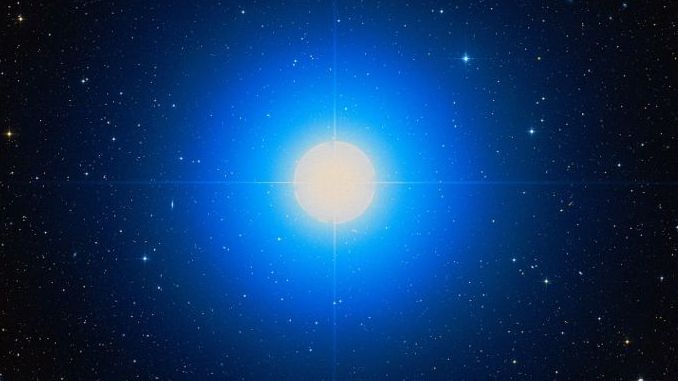
Spica is one of the 15 Behenian “root” stars especially suitable for magical applications.
The influence of Spica can be summarised as “predominantly Venus accentuated by either Mars or Jupiter and Mercury”. The table below is a quick reference to alternative astrological sources:
| Star | Description | Ptolemy | Alvidas |
|---|---|---|---|
| Spica | Brilliant flushed white | Venus and Mars | Venus, Jupiter and Mercury |
To a planet that is conjunct to this star, Spica will add a strong Venusian influence with some addition of either fiery Marsian energies or expansive and oscillating Jupiter-Mercury flavour.
Notice that a planet with similar nature to the star primary influence will receive a very significant extra boost. Just imagine what Spica will do if it’s conjunct to your Venus. The Venusian qualities will achieve some truly thunderous proportions, both for good and for bad, as it always happens in astrology. Using the classical interpretation of Spica influence:
Spica gives success, renown, riches, a sweet disposition, love of art and science, unscrupulousness, unfruitfulness and injustice to innocence.
Notice how the description encompasses both extremes — highs and lows, a very typical profile for any fixed star influence.
The stars also point at your resonance with others, especially in cases when the Moon is conjunct to a fixed star. Using an example of a Moon – Spica conjunction:
Success, wealth and honour from Mercury, Venus or Jupiter people.
In other words, the fixed stars can define your “luck factor” when dealing with certain categories of people. Knowing this is a very powerful clarifying tool that help you to pinpoint the areas where you may be more successful and the areas where you better be extra vigilant, realistic and don’t expect much gain. Perhaps that explains where “the lucky star” idea originated from. Both luck and failure have more to do with the fixed stars that with any of the planets.
What to look for in a chart
When it comes to analysing the influence of the fixed stars on the planets, there are two primary factors to look for in a chart:
- conjunction
- parallel
Other significant factors, in the order of influence:
- opposition
- square
Aspects like trine and sextile are of very minor influence, and it’s up to an astrologer to investigate if there is some kind of resonance happening due to those aspects.
If we now depart from individual planets and take a look at the chart as a whole, we could intuit that the stars that rise above the horizon are an extremely powerful indicators of the overall stellar influence on the chart.
The language of interpretation
Over the course of centuries the astrological thought has evolved from an overly prescriptive and exceedingly fatalistic language to what we currently describe as “humanistic astrology” that focuses not on what may go wrong, but on the bigger picture of human development.
When modern mind reads works by Ptolemy and other pillars of classical astrological thought, we most likely smile at certain descriptions like blindness and problems with the Church and numerous other archaic problems. Take those indications into perspective, bring modern touch to their symbolism: blindness becomes lack of creative insight and outright ignorance, trouble with the Church may signify conflicts with the government and the corporations in general, especially the latter as they could be seen as the forces that are working hard at indoctrinating their agenda and replacing the fading establishment of the Church.
This brings us back to the core Buddhist idea of the Middle Way, the balance that every individual can achieve in the constant pursuit of self-improvement.
Where to learn more about the fixed stars
The fixed stars is an expansive astrological discipline in its own right and it takes time to grow your experience and understanding of how the stars project their influence onto natal charts.
Perhaps the most complete work on this topic is “The Fixed Stars And Constellations In Astrology” by Vivian Robson, the book was published in 1923 and is still surprisingly up to date when it comes to astronomy and astrology.
But by all means, spend as much time as possible observing real stars with your own eyes. They can tell you a lot!
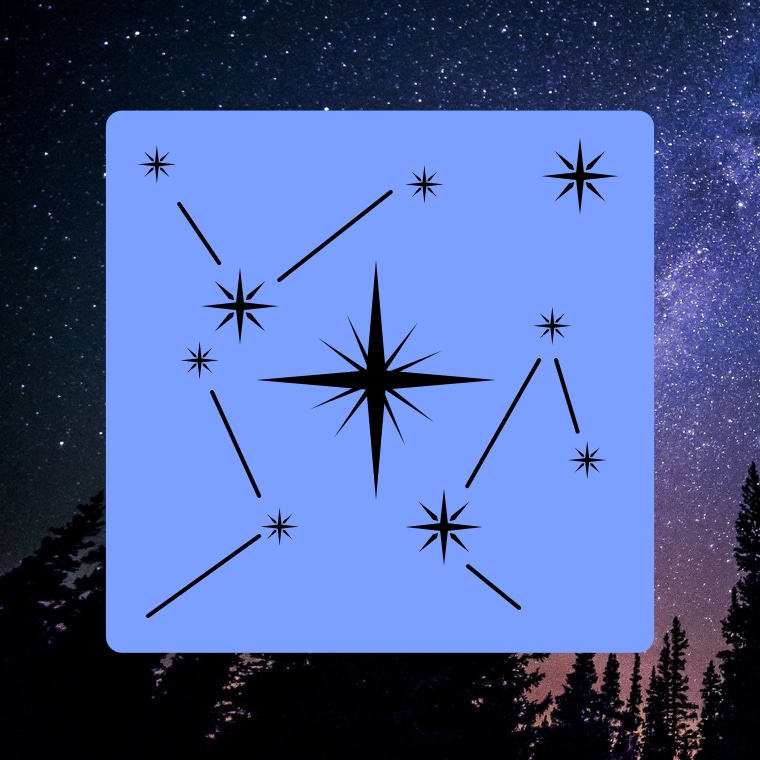
Introducing Time Nomad add-on: Fixed stars
The Fixed Stars add-on for Time Nomad astrology app allows for further exploration of fixed stars, including their aspects to planets, parallels and rise, transit and culmination for any chart.
14 Comments
Astro Alyssa
May the mystery of the universe amaze & curiosity remain as to the astrological interpretation of the heavenly bodies above us while on Earth during such an incredible time!! Thank you so much for what I claim is the #1 must have app & incredible Astrology Blog to read!! Always a pleasure to receive notifications and keep up to date with Astrology Today newsletter :) It is refreshing to read Time Nomad material and always worth a reread! Thank you for your time ***
Claudio Silvaggi
Hey brother when you say the zodiac 30 degree is in our imagination, I would like to offer that it is a reality of manifestation. The sixty repeating golden ratio series laid out on a circle shows 4-0’s and 8-5’s at every 30 degree. It also has the swastika/cross at the zeros. Surrounding the 0’s cross is 1011 the alpha-Aries , 9099 Omega - Libra, 7077 as above and 3033 as below. Peace and cheers.
https://drive.google.com/file/d/1Hrmi5Nu0GgLEv05yphIn5US6TT4PgvNm/view?usp=sharing
∘℮Ƚ𝟟℮💎⫶ №seven™ ✪
So, so, so many of my fixed stars mentioned a violent death, assassination, and blindness. It’s actually quite unnerving.
Beth
So do mine! Which has lead me to this page.. Searching for more insights. Alas, we probably can’t take the fixed star/planetary conjunctions at face value..and should be interpreted along with the entire chart..but haven’t found anyone who can do both!? So don’t feel alone, I have two fixed stars which claim the same violent death and blindness and deafness.
Time Nomad
The language describing fixed stars’ effects hasn’t changed for a very long time and thus shouldn’t be taken literally. A good idea would be to find modern modern equivalents to what the ancients described as death or blindness. Replace death with “existential crisis”, blindness with “lack of understanding” and it makes much more sense to the modern ear. And most of all, read the whole description to understand the bigger picture of star’s nature, then one can start connecting the dots.
Working with the fixed stars isn’t a simple and straightforward task, hence not much information available, much of the knowledge is intuitive in nature.
Juicy
Thanks for this, it’s very helpful. I have two fixed stars in my chart in almost exact conjunctions. Betelgeuse conjunct Mars & Facies conjunct AC. My life could be perfectly charted onto your diagram of the extreme ups & then the dropping from great heights…it’s the first time i’ve seen someone explaining the fixed stars in action like that. Not sure which of them is more responsible in my chart. The outer planets are all strong & hitting up my MC too, so i don’t think i’m in it for a quiet life. I’ve had multiple close calls with electricity since a child & been hit by lightning, so that description of Betelgeuse / Mars is bang on for me. Also red hair & skin tone….
Time Nomad
Looks like you have an affinity with fire. Fire gives bursts of energy but is also volatile. Hence the swings. Learn how to balance fire and earth, meaning working on grounding.
Grace
Hi there, Love this article and love your app! Thanks for all the information. Quick question - I have my rising sign at 16.46 Gemini which is directly on Rigel, but your app doesn’t show it as a conjunction. Why is this? G
Time Nomad
Hard to tell without seeing the details. My first guess is to check if you’re referring to the sidereal or tropical zodiac as those would render things differently. Then check the orbs for the fixed stars aspects. And finally note Rigel’s position relative to the Ascendant. How far is it? You can email me if want to take this further.
Michael
If one has a malefic star right above their home city in their Astro map will its influence be lessend if the person relocates away from it? I have an otherwise positive Jupiter MC line but this star gives “depression”, and another nearby star says I’ll be “rubbing other the wrong way”. It is true, I made more friends in a city away from those star lines. So the implications of fixed stars for AstroCartoGraphy are huge.
Time Nomad
That is probably best to be taken at the experiential level. You’re talking about the “me and the city” level. Cities greatly influence our persona, self expression and connections we make to other people. Some cities keep us small by reinforcing our natal deficiencies. Moving to a city that is more suitable to our inspirations and the overall self of direction helps to unlock otherwise stagnant flows – that’s provided one is aware and works on themselves.
Miriam Borne
Well I ordered the book on fixed stars and constellations you recommended because while I already knew my sun in 9th Cancer ( born July 6th) was conjunct exactly with Sirius which have long felt connected to, then last night following Full Moon, I had dream which led me to check out the other possible fixed stars in my chart and was stunned to learn that 9 of the 15 fixed stars listed are conjunct to at least one planet and in 3 cases two planets. They are all above the horizon as is my chart except for part of fortune conjunct Deneb Algedi in Aquarius 4th house. I see the need to get deeper into your site to better understand this. But basically believe my life is not entirely in my hands and often helped by sychronicities and outside forces– from Sirius and elsewhere
Page
Could you tell me more about or even where to find what it would mean to have Rigel in opposition to the South Node.
Time Nomad
It’s more like the North North is conjunct to Rigel. It’s a significant star by itself but it’s a bit too far from the ecliptic (~30º) which makes its conjunctions more of a diffused nature. The North Node stands for the future, Rigel shines the light of aspiration and revelation. Perhaps it’s a good idea to spend time stargazing on the star, making it a kind of a recurring ritual. You may get some ideas out of that.